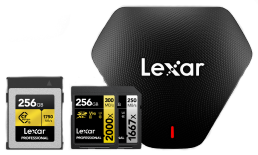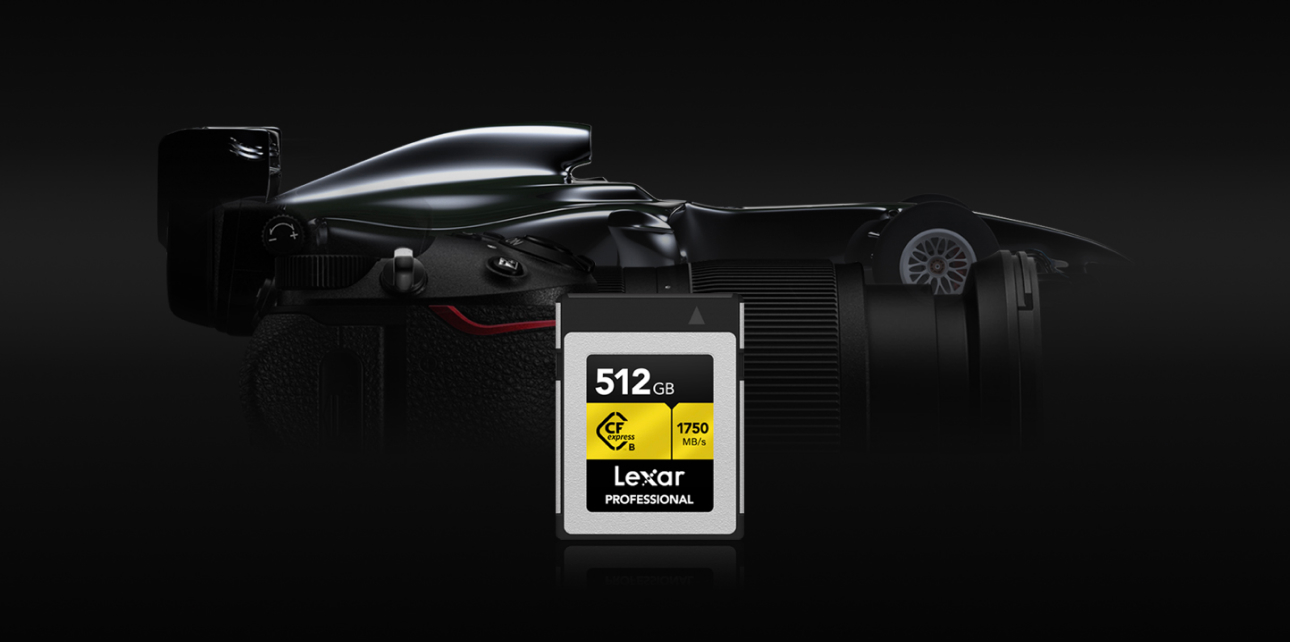
Memory cards are responsible for holding precious moments, complex projects, and progress you simply cannot afford to lose. Unfortunately, even high-performance cards wear down without proper care — but that’s where smart maintenance comes in.
In this guide, we’re going beyond the basics and providing practical, expert-backed memory card maintenance tips that boost performance and extend the life of your gear. Backed by Lexar’s trusted expertise, these tips can help ensure your card stays reliable shoot after shoot, session after session.
Key Takeaways:
- Why Maintenance Matters: Consistent care prevents performance drops and protects your files before issues start.
- Key Considerations for Long-Term Card Health: Proper ejection, firmware updates, and avoiding overuse all help extend your card’s life.
- Real-World Impact: Professionals across every industry rely on maintenance habits to avoid costly, real-time data loss.
- How Memory Cards Work: Understanding wear cycles and wear leveling helps you make smarter, more effective usage choices.
- Lexar Product Solutions: Lexar cards and tools are built with reliability, endurance, and your workload in mind.
Why Memory Card Maintenance Matters

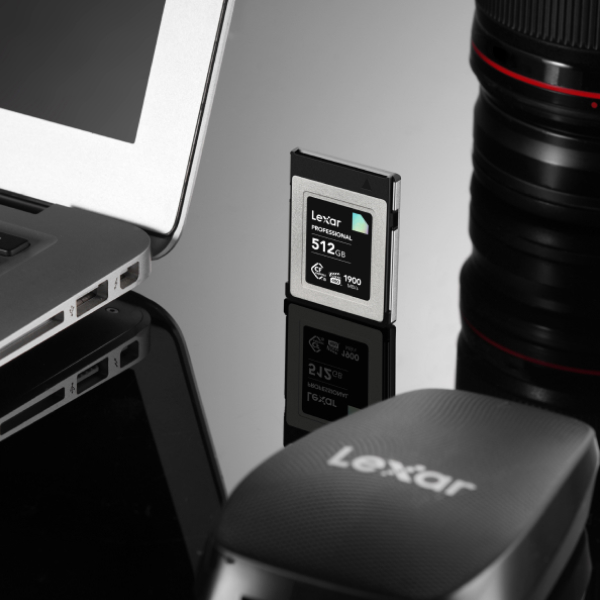
Your memory card works hard behind the scenes to ensure that every read, write, and delete goes as it should. But without consistent care, performance drops and data loss creeps closer.
Ignoring card maintenance can shorten your memory card’s usable life, increasing the risk of corrupted files. That can cost you valuable time.
Thankfully, effective memory card maintenance tips protect your data before problems start. Proper formatting, safe storage, and smart usage habits keep your card functioning at peak performance. When you know how to understand how to care for your card, you eliminate unnecessary risks and extend your card’s reliability across every workflow.
Key Considerations for Long-Term Card Health
Memory card maintenance begins with understanding what impacts your card’s performance over time. Here’s what to watch for in order to keep your card functioning well, regardless of how much work you do:
- Always eject properly: Removing a card mid-transfer can corrupt files or damage the card’s internal structure. Use your device’s eject function every time.
- Know your card type: SDHC, SDXC, UHS-I, and UHS-II cards process data differently. Matching your card to your device ensures optimal speed and reduces unnecessary wear. Learn more about SD card sizes to ensure you’re using a format that fits your device and workflow.
- Keep firmware current: Some devices release updates that improve how they interact with memory cards. Regular updates prevent compatibility issues that lead to card errors.
- Avoid extreme conditions: Heat, moisture, and magnetic fields degrade flash memory. Store your cards in protective cases away from sun, dust, and impact.
- Don’t max out storage: Leaving some free space improves file system stability. Overloaded cards are more likely to corrupt or slow down during use.
These smart practices form the foundation of effective memory card maintenance tips to keep your data safe when it counts.
Real-World Applications of Smart Memory Card Practices
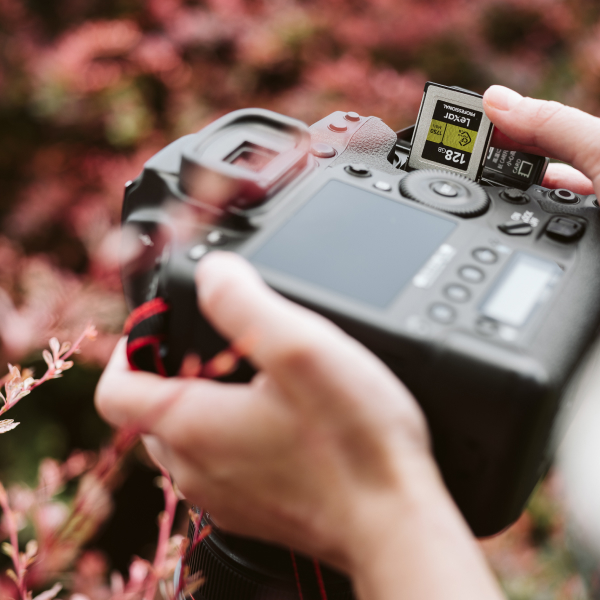
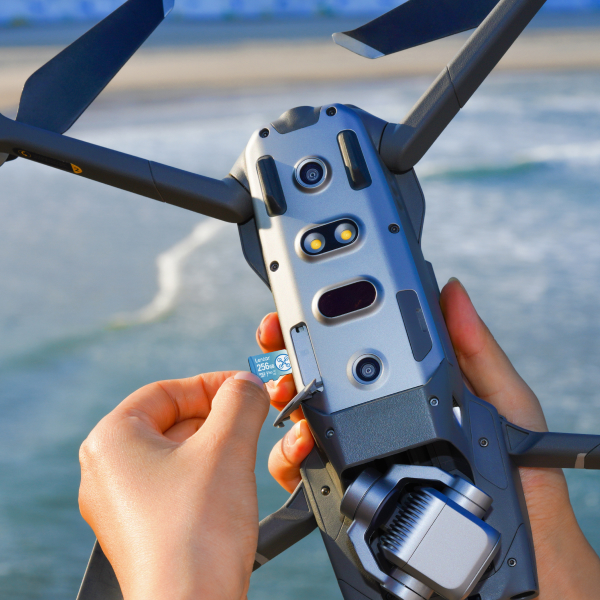
A solid memory card maintenance routine pays off in high-pressure moments and in various real-world applications. For example, a wedding photographer simply cannot risk missing a once-in-a-lifetime moment because of a lagging card.
On the other hand, a drone pilot capturing aerial footage relies on fast cards that won’t hiccup mid-flight. That’s why it’s recommended to format a card in-camera to minimize any skipped frames or write errors.
A travel vlogger juggling multiple destinations and tight schedules can avoid confusion by labeling and rotating memory cards daily. Getting into this habit protects files and keeps content organized for fast, efficient editing. If you’re unsure which card best suits your gear, check out our guide on choosing memory cards for cameras.
These are everyday real-world challenges that demand sharp attention to detail. Professionals don’t guess when it comes to storage: they perform proven memory card maintenance to stay ready, no matter where the job takes them.
How Memory Cards Work
Memory cards use NAND flash memory, which stores data using electrical charges. Every time you write or delete a file, the card’s cell wears down slightly. With repeated cycles, this can reduce reliability.
Flash memory doesn’t overwrite data like a hard drive. It erases entire blocks before writing new information, which causes stress on high-traffic areas of the card. That’s why modern memory cards like Lexar’s use wear leveling: a process that spreads data evenly to prevent burnout in one particular spot.
When you know how these components work, it’s easier to perform memory card maintenance with purpose.
Lexar Solutions for Card Maintenance and Reliability
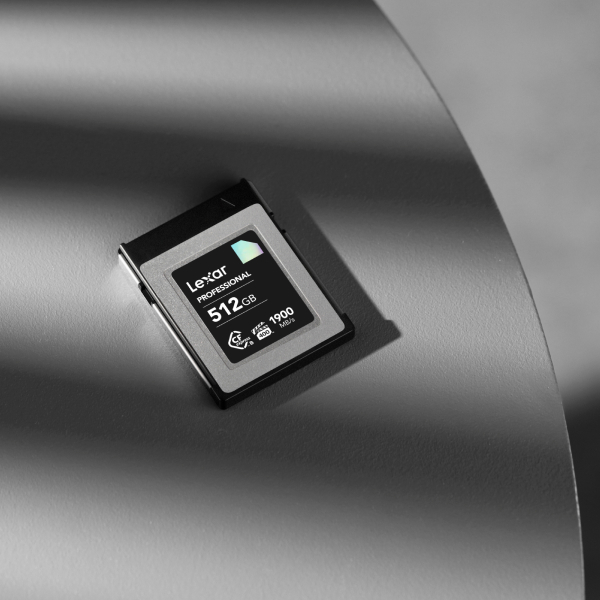
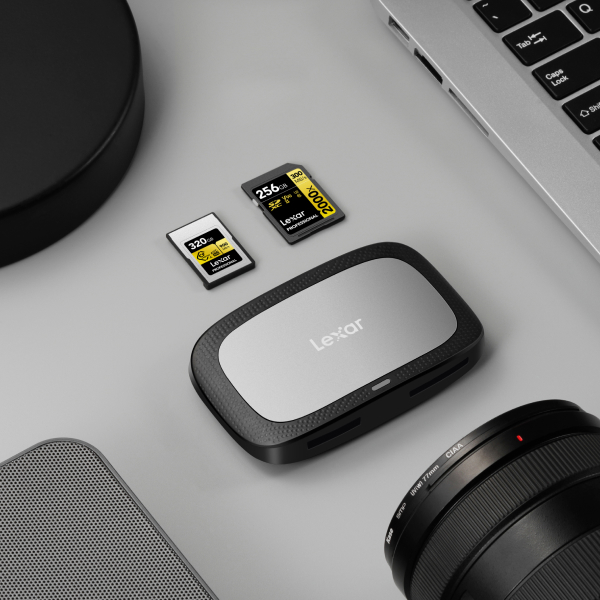
Lexar designs all of our memory cards with durability, performance, and real-world demands in mind. If you want to build your workflow around dependable storage, these products are ideal. Let’s take a closer look into what our memory cards offer — and if they’re right for you:
- Lexar Professional 2000x SD Cards: Built for high-speed 4K and burst shooting. UHS-II support minimizes file write lag and reduces stress on your card
- Lexar High-Endurance microSD Cards: Ideal for dashcams, drones, and continuous recording, as well as rated for thousands of write cycles with built-in wear leveling
- Lexar CFexpress Cards: Designed for professional creators and high-performance workflows, CFexpress cards use PCIe technology to deliver ultra-fast transfer speeds, exceptional durability, and reliable support for 8K video, burst photography, and cinema-grade production.
- Lexar Multi-Card Readers: Faster, more stable transfers than camera-to-computer connections; reduces unnecessary wear on your camera’s internal ports
- Lexar Recovery Tools (with select cards): Recovers accidentally deleted files or corrupted data, and acts as a safety net for high-stakes shoots or irreplaceable footage
Pairing the right Lexar gear with proper memory card maintenance tips keeps your workflow fast, secure, and built to last.
Protect Your Memory With Lexar
As the silent partner behind every shot you take, project you finish, and upload you make, your memory card is always working hard. Practicing consistent memory card maintenance keeps that partner reliable and ready — no matter how much you’re pushing it.
From high-endurance cards to pro-level readers, Lexar delivers the trusted tools you need to extend card life and protect your work day after day. Explore our full range of memory cards and accessories today.
Frequently Asked Questions About Memory Card Maintenance
How often should I format my memory card?
It’s recommended to format your memory card in-camera after transferring and backing up your files. This helps prevent file system errors and keeps the card clean for future use – an essential part of good memory card maintenance.
Is it safe to fill my memory card to 100% capacity?
No, consistently maxing out your memory card can increase the risk of file corruption and slow down write speeds. Leaving 10-20% of free space is a smart memory card maintenance habit that supports performance and card longevity.
Can removing a memory card while transferring files damage it?
Yes. Improper ejection can corrupt files or damage the card’s data structure. Always use the “eject” or “safely remove” option on your device before removing the card to maintain its reliability.
What environmental factors can damage a memory card?
Exposure to heat, moisture, dust, and magnetic fields can degrade flash memory over time. For proper memory card maintenance, store your cards in a cool, dry place using a protective case.
Do all types of memory cards require the same care?
The core memory card maintenance principles apply across SD, microSD, and CFexpress cards. However, different cards use different interfaces and performance standards, so always match your card type to your device for optimal results.

